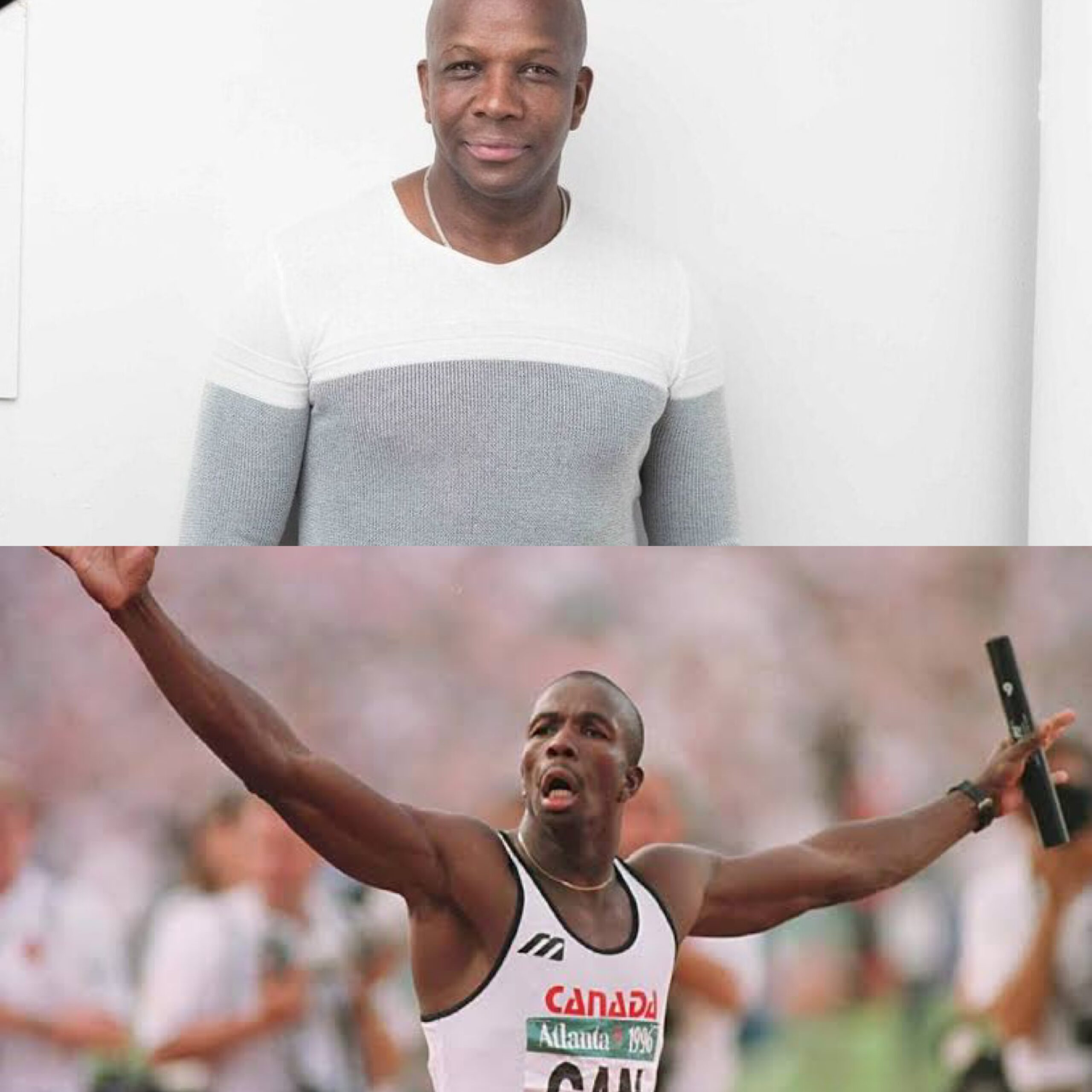Olympic 100m champion and former 100m world-record holder Donovan Bailey has thrown his support behind the idea of a retirement fund for track and field athletes, describing the concept as “a resounding yes” and urging that it be structured similarly to retirement plans in other professional sports.
The Jamaican-born Bailey, who had a successful career in finance before returning to the track in the 1990s, spoke exclusively to Sportsmax.TV in the aftermath of calls for greater post-career and support in general for Jamaican athletes. Among those recent voices was former world record holder Asafa Powell, whose remarks about the lack of structured assistance for athletes triggered a wave of responses from the public and sports figures alike.
Bailey believes the concept is sound and long overdue. “Representing your country should be rewarded,” he said. “Although it’s a volunteer thing, you are committing time.” He pointed to international models, such as in Italy, where athletes are treated similarly to military service members with long-term benefits attached to national representation.
“In track and field… there should be an assigned allotment per athlete,” he said. “Whatever they’re making, they have to contribute to a fund… it’s almost like a tax they pay to an independent fund that’s outside of track and field.”
Bailey explained that in professional leagues like the NBA, players contribute a fixed amount—around $10,000 annually—to a players’ association fund, regardless of salary level. “You got financial advisors… people that are independent of whatever the governing body,” he noted. “That’s the same thing that should be for fiscal [support
While the mechanics of such a fund would need fine-tuning, Bailey believes the principle should mirror common financial planning tools. “It’s like a 401(k)… it buys into stocks and bonds or any financial product that’s probably conservative enough to last year over year,” he said.
Critically, Bailey argued that access to the fund should not be based on age. “It cannot be an age,” he said, pointing to athletes like Shelly-Ann Fraser-Pryce who continue to compete at an elite level into their late 30s. “What triggers it would be if you have a career-ending injury or you have formally retired.”
To prevent abuse, Bailey suggested a buffer period after retirement before payments begin. “You can do that let’s say one year after retirement, so you know that it’s permanent,” he said.
Bailey also floated the idea of the fund operating like a whole life insurance policy, where athletes could borrow against its value. “You should be able to borrow against that fund to get yourself someplace to live,” he said. “It’s like an equity that then you can transfer into retirement.”
Importantly, he emphasized the need for independent, top-tier management of the fund. “You need a professional money manager that’s outside of the governing body… expert at the same level you are as an athlete.”
Reflecting on his own experience, Bailey said he has long maintained a whole life insurance policy as part of his financial planning. “This is how wealthy people have money over generations,” he said.
In Canada, Bailey noted, athletes contribute to a national trust during their careers and are allowed to access it upon retirement, with a five-year window to withdraw the funds. He believes a similar system could be adapted in the Caribbean.
“If you have a fund that you can contribute to over your lifetime as an athlete… some of the athletes will need help,” he said. “If you’re a gold medallist or a world record holder and you don’t have the funds, [the federation] can help you contribute.”
Bailey acknowledged that discussions like these have taken place for years but have lacked implementation. “This has not happened because of the lack of organization of people that don’t understand,” he said. “When you look at tennis [and] golf… the person that’s ranked 100 is a multi-millionaire. Then you look at track and field and the person that’s ranked No. 5 in the world is struggling.”
To fix that, Bailey says the sport needs unity and leadership from professionals who are not beholden to existing federations or commercial interests.
